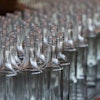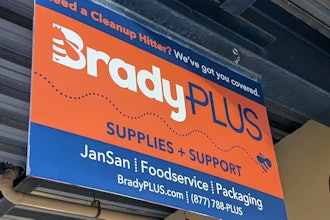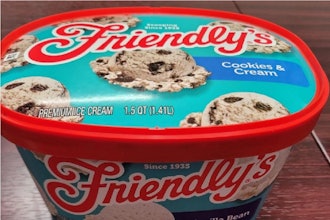The global market for rigid packaging adhesives is expected to reach $18.2 billion by 2021, driven by an overall compound annual growth rate (CAGR) of 4.3 percent over the next five years, according to a Smithers Apex report released in February 2017: The Future of Adhesives for Packaging to 2021.
Growth within the global packaging adhesives market is being fueled by an increase in the consumption of packaged food and consumer goods, mostly in Asia, Africa and the Middle East as these markets transition into a more Western style of consuming food and other products. Food packaging is shifting to smaller single packs due to lifestyle and demographic changes, with the traditional nuclear family becoming less frequent and single-person households increasing.
“Packaging is the largest application within the adhesive sector and continues to support the growing trend of consumerism, pre-packed food, and other articles purchased in a packaged format,” says Ciaran Little, Director of Operations — Americas, at Smithers Apex.
These changes in consumer behavior are driving manufacturers to evaluate packaging and adhesive effectiveness and costs.
Evaluation of Hot Melt Adhesive Performance on Corrugated Substrates
Thermoplastic hot melt adhesives are commonly used for corrugated packaging closures because of their excellent adhesion, quick set and relatively low cost. This makes them ideal for the automated, high-production/high-speed lines used for packaging applications.
But determining which hot melt adhesive to use for a particular application can be challenging. When faced with choosing a new hot melt adhesive for a corrugated fiberboard box application, a component manufacturer turned to the team at Smithers Pira for help with their decision. The shipping manager wanted to compare two adhesive options while weighing cost against performance, not wanting to sacrifice quality and run the risk of performance degradation as a result of making a purely budget-driven decision.
Adhesive Testing Protocol
There are currently no standardized preparation or testing methods to determine the performance of hot melt adhesives on a particular corrugated substrate prior to pilot or productions runs. After researching the issue and working with the manufacturer’s logistics and sourcing team, our experts at Smithers Pira were able to develop a custom test method that utilized aspects of the TAPPI (Technical Association of the Pulp and Paper Industry) T813 standard to evaluate the performance of the hot melt adhesives.
Single lap shear samples were fabricated in the lab utilizing two different hot melt adhesive types, Type A and Type B, on a C-flute corrugated substrate. The two hot melt adhesives were then processed at two different temperatures (375° F and 500° F) before application onto the cardboard samples. After adhesion, the samples were conditioned in a temperature and humidity controlled chamber at three different temperatures.
Finally, after conditioning, the samples were subjected to a tensile tester to understand when the adhesive bond would fail with the substrate. The testing protocol found that the less expensive hot melt material (Type B) actually performed better than the original hot melt in every tested condition. In addition to exhibiting better performance characteristics, Type B’s cost was 58 percent lower than Type A, providing a large cost savings opportunity.
Results
The component manufacturer worked with our expert team at Smithers Pira to test multiple scenarios and find a fact-based, cost-saving decision. The entire process, from project initiation to a final report, took less than three weeks, and the savings and knowledge generated by utilizing learnings from the exercise far outweighed the cost of testing.
Online retailing, commercial businesses and the food industry have high standards of performance in place to ensure package safety and integrity through the supply chain, from a fulfillment center or store to the retailer’s shelf or consumer’s door. Smithers Pira is dedicated to finding adhesive solutions and custom protocol developments that effectively deliver cost savings and better, more reliable packaging.
Michael Kuebler is responsible for all technical and commercial aspects for the Smithers Pira Distribution Testing business in the United States, and has over 17 years of experience in this sector. Kuebler helps clients predict shipping results, determine root cause of shipping damage and support sustainability and cost reduction goals related to moving goods through the supply chain.






















